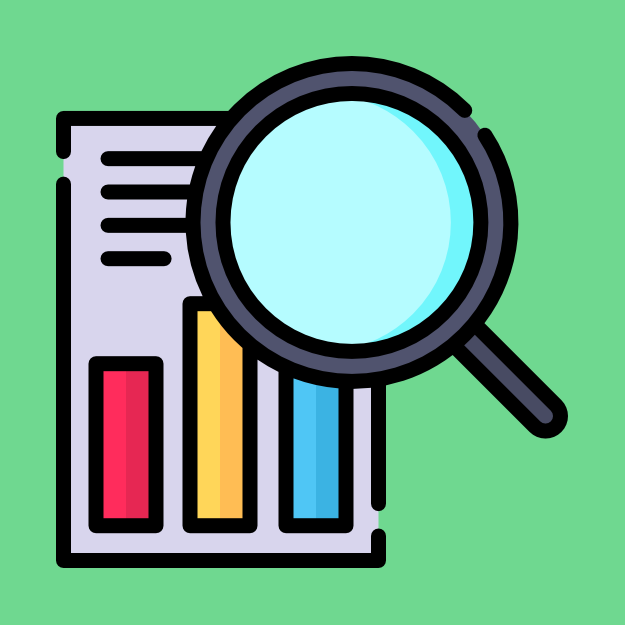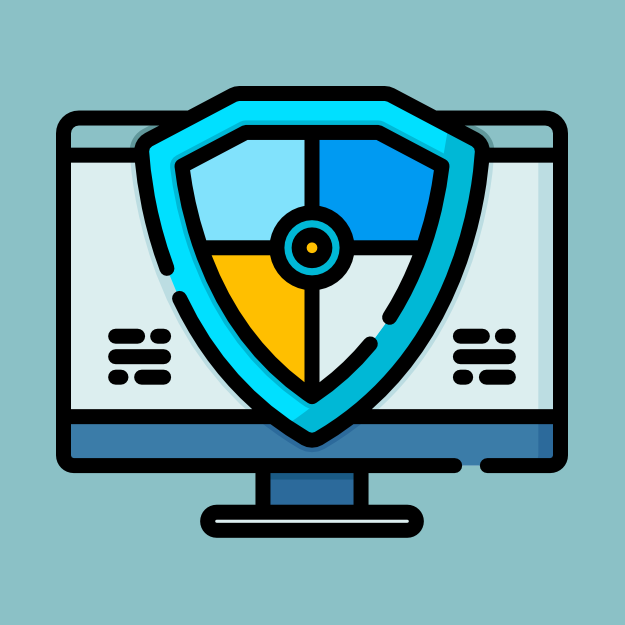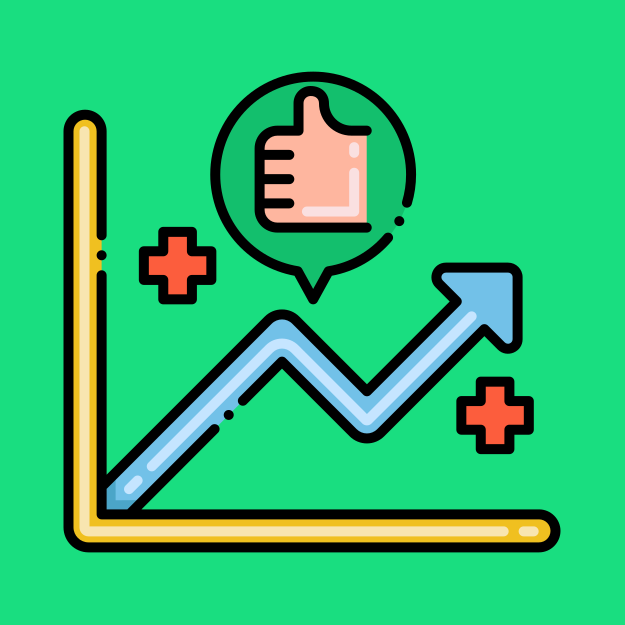In today’s fast-paced digital landscape, real-time monitoring and rapid incident response are essential for maintaining the…
Monitoring and Logging
Monitoring and logging are critical practices in software development, enabling the continuous assessment of application health, performance, and user interactions.
Monitoring: Monitoring involves tracking the behavior and performance of software systems in real-time or over a period. It helps identify issues, bottlenecks, and anomalies, allowing developers and administrators to take timely corrective actions and ensure optimal user experiences.
Logging: Logging entails recording relevant events, actions, and errors that occur during the execution of an application. It provides a record of system behavior, aiding in troubleshooting, debugging, and auditing. Log data helps diagnose issues and gain insights into application usage.
Together, monitoring and logging contribute to proactive issue detection, system optimization, and informed decision-making in software development, ensuring applications run smoothly and providing valuable insights into their performance and usage.
Anomaly detection is a vital component of modern monitoring and security systems. It involves identifying abnormal…
Log analysis and searching are critical components of modern IT operations. They allow organizations to gain…
Log retention and rotation are essential aspects of maintaining an efficient and organized log management system….
Security and privacy are paramount concerns when dealing with monitoring and logging in software applications. This…
Scalability and performance are critical aspects of any software application. Monitoring these factors ensures that your…
Continuous improvement is at the core of software development. One of the key aspects of achieving…
Monitoring and logging have evolved significantly in recent years, driven by the changing landscape of software…








